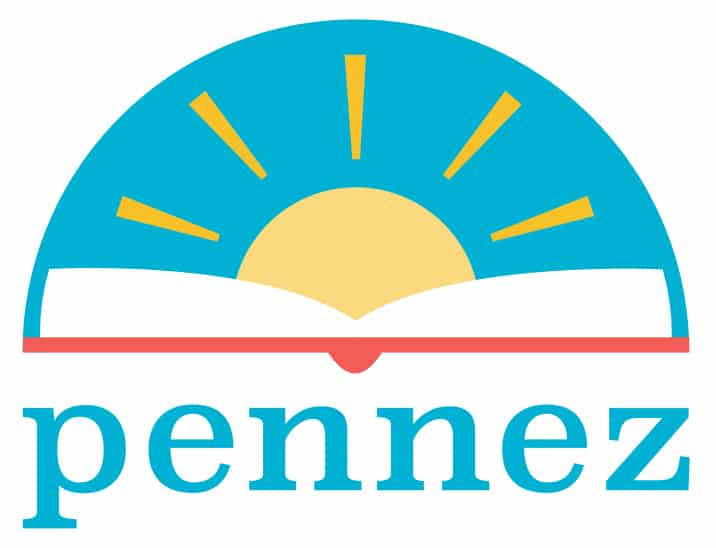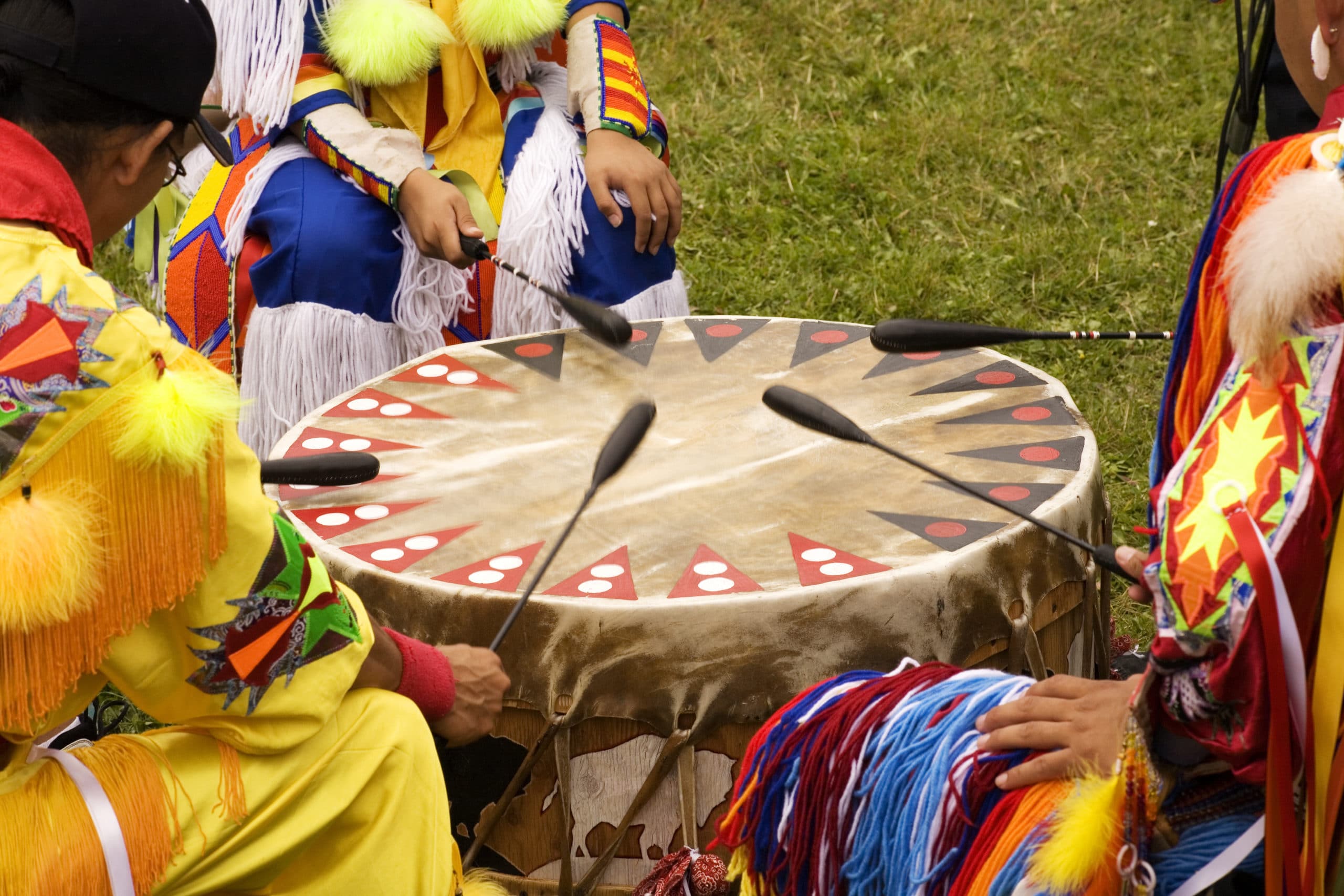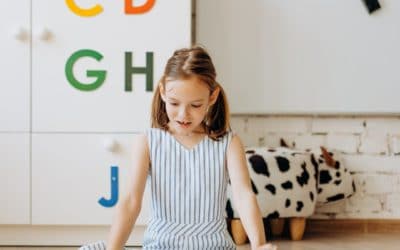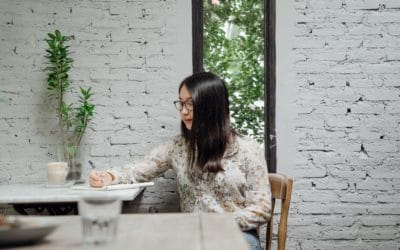Tents, chairs, flags, ancestral clothes, and a dedicated circle of Kiowa men and women gathered to honor their ancestral tribe. One by one the dancers methodically moved into the circle to the rhythm of the drums. Left-right-left-right dancers stomped continuously as they joined other members invited into the large Kiowa ensemble. “Womp, womp, womp” the men drummed that kept each dancer dancing. Steadily as the Kiowa drummers hit their drums Kiowa men, teens, and boys stomped their feet unanimously to the rhythm left-right-left-right. Their heads moving from side to side and their arms raised to shake the feathery-fan as the beat went on. “Womp womp,” drums pounded as sweat ran down the dancers’ faces. “Womp Womp,” drums pounded but they danced on to tell the story of the gourd dance. “Doo-doo-duu-doo” the high-pitched bugle sounded. “Yaaa” as the dancers yelled after the bugle played. “Doo-doo-duu-doo” the bugle played again, and the dancers unanimously yelled louder as the bugle sounded. Feathered fans blew in the wind and shook rhythmically reminding all of us of the story of the Kiowa tribe.
July 4, 2015, I witnessed this miraculous celebration of the Kiowa tribe. They gathered in Oklahoma where we traveled through dirt roads and empty towns to get to the camp grounds. The Kiowa tribe has danced for thousands of years. Dancing retells stories from the tribe’s quests, freedom, and triumph. Traditionally Kiowa and other tribes dance in July because the sun shines higher and longer. With the sun out longer tribes have more daylight hours to dance. In pure reverence I visited the Kiowa in order to understand my individual freedom. The Fourth of July is celebrated when Americans were free from the British law. However for me instead of cooking or viewing fireworks, I chose to see another example of freedom. This freedom was displayed as a tribal circle. This freedom was the use of words that I never knew and will never know. I saw men and women who danced despite the burning sun. The dancers looked forward when the drums banged, and the bugle blared to celebrate who they were as people. The various clans wore woven blankets over their buttoned shirts and pants. We did not see the decorated feathers.
Indigenous tribes in our nation are a part of our history. Nelson Mandela explained that freedom “For to be free is not merely to cast off one’s chains, but to live in a way that respects and enhances the freedom of others.” Indigenous tribes had a time of freedom and their dance enhances a glimpse into how free they truly were. They developed ideas, customs, and a culture that empowered a group of people.
In the evening, we ate. When we ate, they shared stories about the Kiowa family. Through oral storytelling, their dance and song all made sense. They rang the bugle to signify when it was time to charge in battle, and they danced representing the warriors marching on the battleground. I was told that they gathered to tell their story of the ancestors through song and dance. During the dance, any person entering the circle had to be covered in traditional clothes. Anyone, like me, who was not Kiowa was allowed to observe and could not participate in the dance. Since this dance also represented soldiers entering the battlefield, Kiowa women dance if invited.
During times of celebration such as the Fourth of July, Independence Day, Labor Day, Thanksgiving, and Christmas, we should tell the story of our ancestors. We should be willing to tell our children so that these courageous and truthful narratives can be passed on. When I watched them dance, I could see they were storytelling by their shifts in their angles and when the drums and bugle lowered and heightened their timbre.
I lacked a connection to their dance because I lacked knowledge of their language, dialect, food, and clothes. Every color, necklace, and feather were foreign to me. I felt out of place, because I wore summer clothes, my hair was short and curly, I did not know a soul on those campgrounds, and most of all I could not speak their language. Despite my discomfort, I stayed. I stayed to gather a glimpse of an example of America’s real freedom and a glimpse of America’s history. Kiowa’s were free once before and roamed the land with knowledge and wealth. Kiowa’s cherish and value their family so their history can be remembered.
History books do not fully tell the aspect of oppressed individuals. My lineage is African, and the connections that I felt later on reflected my African ancestors with the rhythms of the drums. Their ability to dance in unison was a true symbol of freedom and signs of how I felt our nation could come together. There were other people who were not of Kiowan lineage attending to view as well. At one point in time, the Kiowas and other Indigenous people were free creating their own laws, culture, and cultivation of our land. This experience was more than celebrating the holiday; it was to gather an experience and a story that my history will never tell me.
As we gather together in our other celebrations, remember to be thankful people in your life.
Visiting the Kiowa tribe gave me a better understanding of their culture and traditions that have been established for thousands of years. Here I saw proud children and families who understood and connect with their individual story. Each story that they danced and sang was a symbol of their past and their history. Through this gathering their Kiowa tribe came alive. You can discover more about the Kiowa tribe at https://www.facebook.com/KiowaKidsWeeklyNews/




